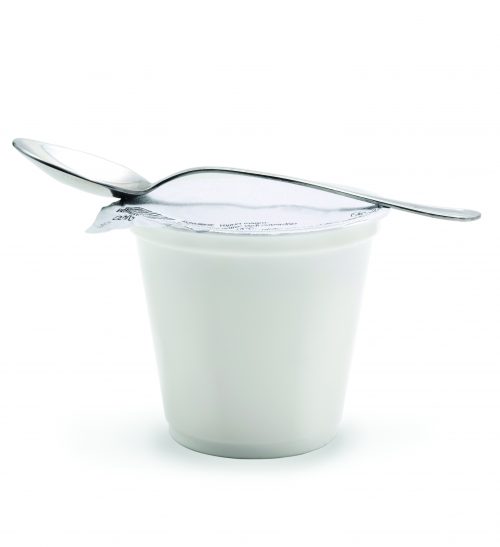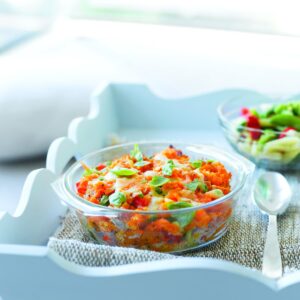
There is a wide range of dairy food in the chiller. Some are OK for every day, while others are more of a dessert treat. Nutritionist Brigid Chunn investigates.
There is a wide variety of dairy-based desserts on offer. Ice creams and yoghurts are the obvious ones but what about some of the others such as soy products, custards, dairy foods and even some of the more exotic yoghurts? These are more of a treat food rather than an everyday product.
Dairy food, custards and yoghurts
Generally, dairy food includes added sugars, flavouring, colouring and thickeners.
Custards, and some described as custards, are similar to dairy food although traditional custard has egg yolk included.
Yoghurt is fermented milk (see How to choose everyday yoghurt for more information).
For kids
Some dairy food and custards are heavily marketed towards children. A good example is Meadow Fresh Thomas & Friends Custard Express. This dairy food is high in calcium and contains protein without being too high in sugars. It is important, however, to read the nutrition information label, as some products targeting children may not be as good. Don’t be swayed by graphics and marketing!
For adults
Again, there is a range from the decadent to the anytime snack. From the Yoplait Vigueur Classic Choc (3.1g saturated fat and 16g sugar) to the Alpro Soya Creamy Vanilla Flavour dessert (0.5g saturated fat and 13.3g sugar).
Are they healthy?
Because most of these products are milk-based they can be a good source of calcium and other nutrients such as vitamin A and vitamin D. Some of the custard products contain more protein, for example, The Dollop Kitchen Vanilla Bean Custard contains 20.2g protein per 100g serve. The HFG picks (see table, right) tend to be low in fat. However, it is always important to read labels as some gourmet products are not.
Sugars
Some sugar in dairy products is lactose, the natural sugar from milk. For comparison, 150ml trim milk contains 8g natural sugar and a 150g pottle unsweetened yoghurt would have about 5g sugar. A fruit yoghurt will have more sugar.
Dairy food has added sugar and the concern is the amount. Consider dairy food as a treat food for both adults and children, not a replacement for other dairy products such as milk and low-fat yoghurt.
Look for 20g or less sugars per serve of dairy food for your treat food.
Saturated fat
Dairy food tends to be lower in saturated fats than most gourmet yoghurts but it is important to read the labels. We recommend you look for dairy food with 2g or less saturated fat per serve — lower is better.
Calcium
These products can be a good source of calcium. Not all, however, have the calcium content on the nutritional information panel. We like those that do. Look for products with 150mg or more calcium per serve.
Know what you’re buying
Just because it’s a yoghurt doesn’t make it better than dairy food. Some yoghurts are definitely treat foods.
Meadow Fresh Thomas & Friends Custard Express contains per 125g serve:
- 0.6g sat fat
- 13.3g sugar
- 270mg calcium
Puhoi Valley Lemon Delicious yoghurt contains per 150g serve:
- 8g sat fat
- 27.2g sugar
- 255mg calcium
Dairy food checklist
- Think of dairy food as a treat
- Don’t use in place of other dairy foods such as milk or yoghurt
- Use the ‘per serve’ as a guideline rather than 100g
- Look for lower sugar
- Look for higher calcium
- Look for lower saturated fat
www.healthyfood.com










